Let’s face it. When it comes to average moisture levels, not all yards—or even sections of the yard!—are created equal. Generally speaking, you live in a dry area, a wet area, or somewhere in between, and you may even have all three of these microclimates within your yard. This is one of the most important factors to consider when choosing plants, so take a solid account of this before you start planting.
Best plants for low water
Unfortunately, plants that don’t need water…well, don’t technically exist. Water is a vital component of plant growth and, while all plants require some degree of water, some require very little, once established. If you live in a dry area, or one that receives very little moisture, you should be growing plants that can tolerate such conditions. Some great plant options for dry areas include:
Agastache
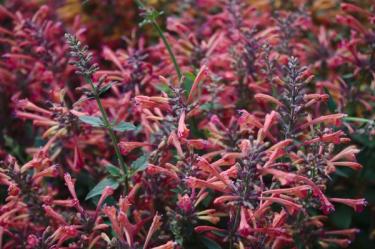
Columbine
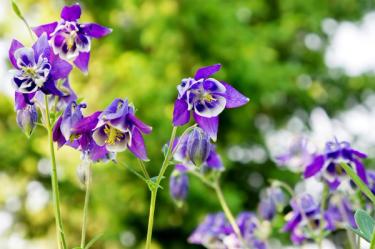
Coneflower
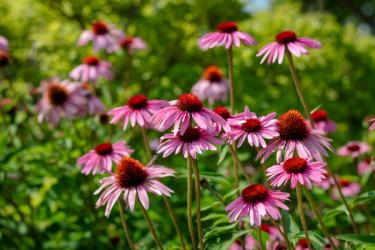
Coreopsis
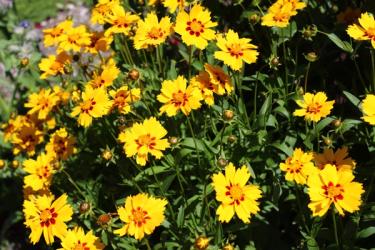
Gaillardia
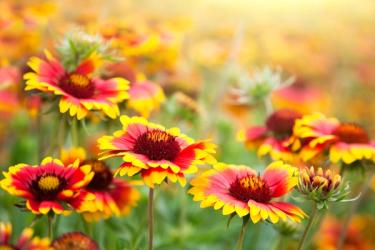
Gaura
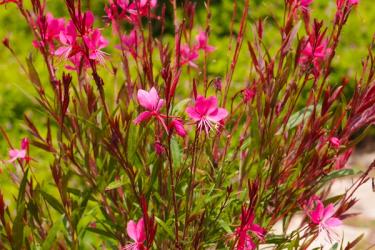
Goldenrod
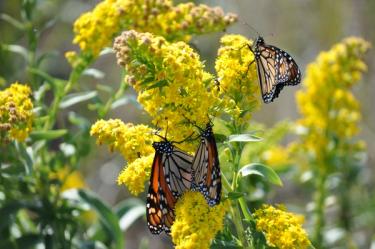
Lavender
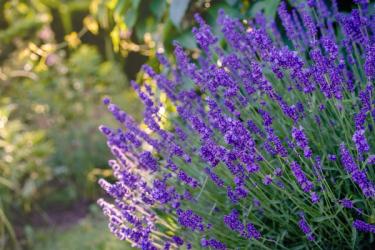
Liatris
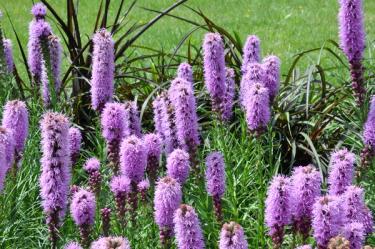
Milkweed
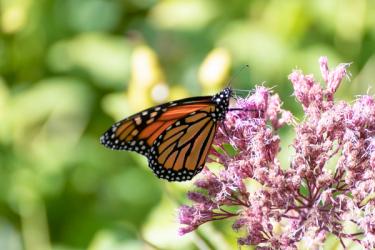
Penstemon
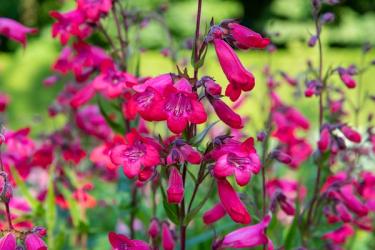
Poppy
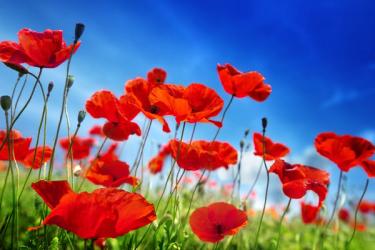
Rudbeckia
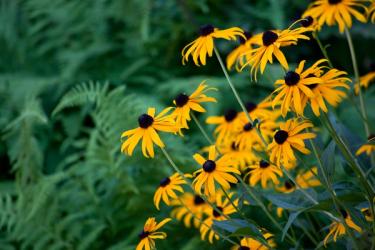
Sunflower
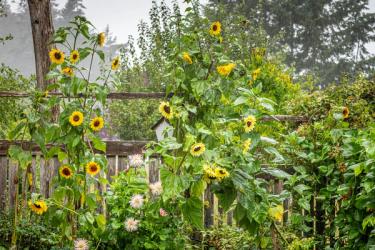
Best plants for medium water
If you live in an area that receives a fairly normal amount of moisture—where it’s not extremely dry, but not overly saturated—your landscaping should include those plants that do best with consistent, moderate amounts of water. For medium moisture areas, consider planting the following ornamentals, trees, and shrubs:
Azalea
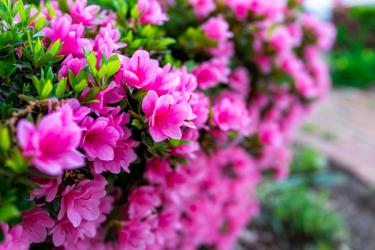
Heuchera
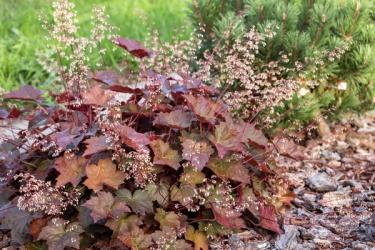
Most bulbs
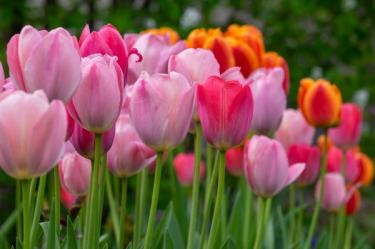
Most fruits and vegetables
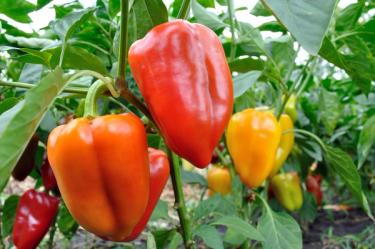
Best plants for wet areas
If you live in a high-rainfall region, or have low-lying areas in your yard, you have to ensure that the plants you choose can tolerate periods of excessive moisture. Otherwise, they’ll become completely flooded and won’t stand a chance at survival. If your neighborhood routinely experiences high levels of moisture, consider planting a rain garden or one that includes the following plants:
American beautyberry
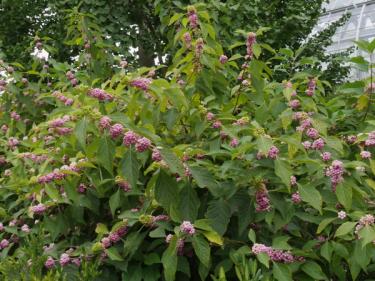
Astilbe
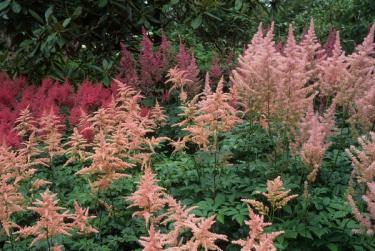
Bald cypress tree
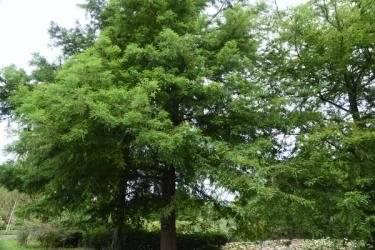
Black gum tree
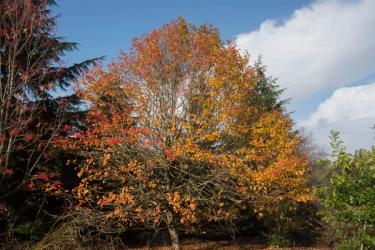
Buttonbush
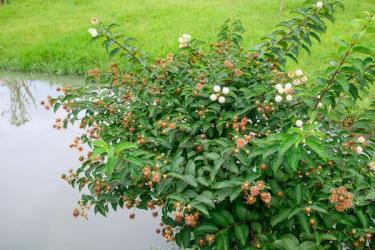
Hardy hibiscus
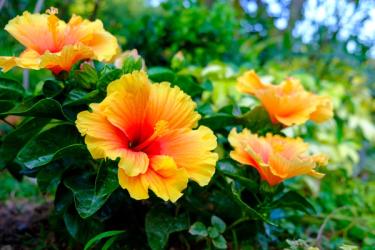
Hosta
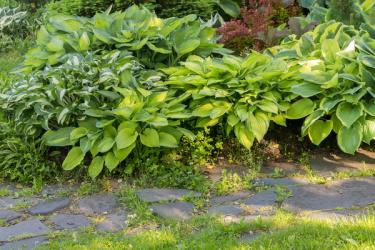
Liriope
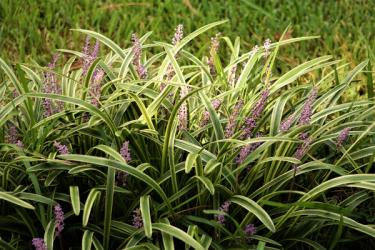
Northern red oak tree
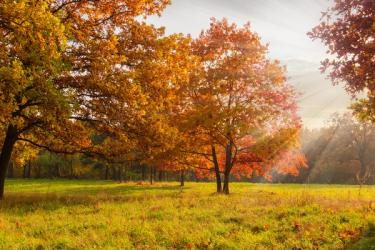
Oakleaf hydrangea
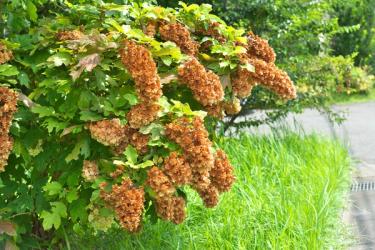
Spicebush
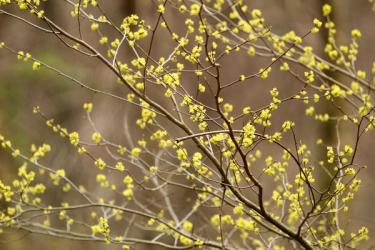
St. John’s wort
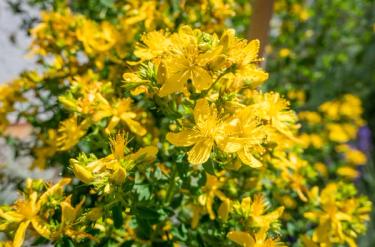
Sweetspire
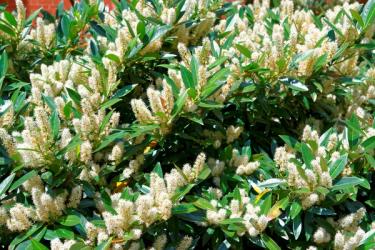
Sycamore tree
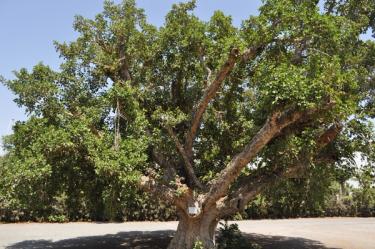
Dealing with different hydrozones
First things first: What’s a hydrozone? That just means that different parts of your yard have different moisture needs. If this sounds like your yard, then a great tip is to group together plants with similar water needs. This will help you stay on a consistent watering schedule and will create a water-wise landscape that doesn’t over- or under-water plants.
Sunday Tip:
Not sure how much moisture the various spots in your yard need? Audit your irrigation system to find out!
A final consideration
While moisture is an important factor to consider when deciding which plants to put in your lawn and garden, it’s not the only factor. In addition to having different moisture needs, different plants will also thrive in different hardiness zones; require different degrees of sunlight; and have varying levels of cold and heat tolerance, pest pressure, and general maintenance. It’s important to identify and keep in mind all of these factors so you can ensure you’re properly caring for your plants and maintaining your garden beds to the best of your ability. You’ve got this!
Cited sources
Heat and Drought Tolerant Plants. PennState Extension.
Plants for Damp or Wet Areas. Clemson Cooperative Extension.
Plants for Very Wet Soil and Shade. University of Maine.
Xeriscaping: Perennials and Annual Flowers. Colorado State University Extension.












